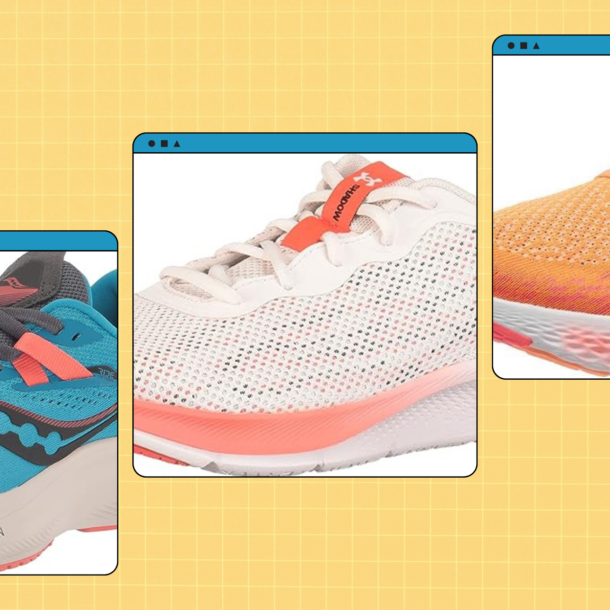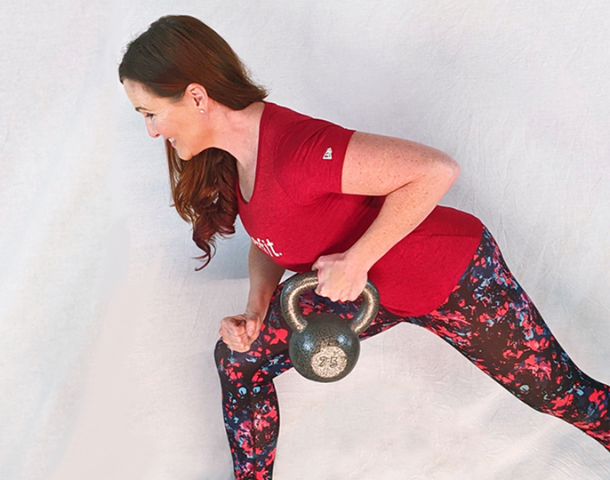
It’s Time to Give Super-Short Workouts the Respect They Deserve
Sessions that last 10 or 15 minutes can make it easier to try out different modalities in an easily digestible, not completely terrifying way. Take indoor cycling: If you jump right into a grueling, 60-minute spin class for the very first time, it’s going to seem hard, your butt’s going to be on fire, and you’re going to feel like you’ll never get that cadence down. I’ve seen plenty of people start too big here, and end up swearing off the bike forever. But a much shorter class provides a more manageable taste, so you can really figure out if it’s something you might enjoy more down the line.
I’ve done a similar thing with yoga: I’ve always wanted to try it, but the hour-long classes seemed like too much of a commitment. Rather than writing it off completely, I started slotting in a few poses into my post-workout cool-down—which took just a few minutes—and realized that, yep, it actually was something I wanted to continue with. The same principle applies to other modalities that have piqued your interest from afar, whether we’re talking barre, Pilates, lifting, or dance.
3. They can make you more consistent—and maybe even work out more.
Once you find a form of exercise you no longer dread, it’s not a huge stretch to think you’ll actually want to do more of it. And research supports that: According to a 2022 study in Frontiers in Psychology, the more that gym goers enjoyed their routines, the more likely they were to consider exercise a habit and say they plan to continue it in the future. They also logged more weekly workouts too.
Contrast that with the all-or-nothing exerciser, who tends to throw themselves into an intense, unrealistic workout regimen that doesn’t excite or motivate them. Like I’ve seen with my clients, that’s not sustainable for more than a few weeks at a time. And what comes next? A period of inactivity after that burnout. Cue the cycle of active and sedentary periods and the not-fun feeling like you’re starting from square one every single time you want to start moving again.
4. Your body can better adapt to exercise.
Your body needs time to adjust to the new physical stresses you’re putting on it; your bones, tendons, ligaments, joints, and muscles will all be feeling it after you start an exercise routine. And if you jump into too much too soon—say, super long workouts right out of the gate—you might not be able to keep up with those demands. In fact, according to a 2021 study in BMJ Open Sport & Exercise Medicine, new exercisers are way more likely to get injured than those who have been at it for longer.
When workouts leave you hurt, aching, or physically fried, it can scare you off from exercising—no one wants to feel worse after doing something they should enjoy. Starting with shorter, fewer workouts and building up to longer, more frequent sessions (if that’s your thing) can be the gradual approach your body needs to safely adjust.
5. The health benefits of quick routines are legit.
You may be thinking, “Sure, those shorter workouts feel more fun, but do they actually do anything for me?” Rest assured: They bring a bunch of perks. That’s why when the US Department of Health and Human Services most recently updated its physical activity guidelines, it removed the 10-minute minimum duration for each bout of it—because any amount of exercise can be really beneficial.
Related Articles
2023 Healmyselfnow @ All Rights Reserved


